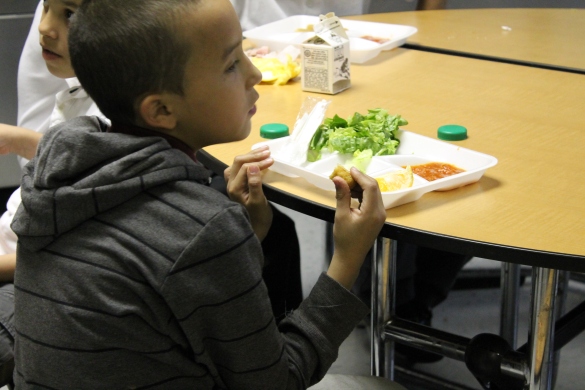 By MS 57 NLP Students
By MS 57 NLP Students
The 2012-2013 school year marks the implementation of the Healthy, Hunger-Free Kids Act of 2010 at public schools across the country. The act updates the nutrition guidelines for all meals covered by the National School Lunch Program. But are lunches at MS 57 any better? As we found out in our reporting, that depends on whom you ask. The following radio report was a collaborative effort of the News Literacy Project, the after-school students at MS 57 and Bloomberg News journalist fellows Ellen Braitman, Mary Childs, Shannon Pettypiece, Alex Sherman and Carole Zimmer.
To address the obesity crisis and make school lunches healthier, the government is rolling out changes to the national nutrition guidelines for the first time in 15 years. But you wouldn’t know it from the food served at MS 57. We asked students of they’ve noticed a change.
“I think it’s healthier that they’ve giving new foods, but I think they should start changing a little big more,” said Destiny Vega, a 4th grader at MS 57.
“Today we’re eating pizza and if — like you see it — it has oil in it and like grease,” added another student.
“The only thing that has gotten healthy is the lettuce, the carrots and the stuff inside,” said Zayda Amid, referring to the cafeteria’s new salad bar at the school.
“They’re putting more vegetables on the plate and more salad so you can eat them,” said Giovani Pantalone.
The new standards, developed by the US Department of Agriculture, call for twice as many servings of fruits and vegetables, more whole grains and less bad fats, sugar and salt.
Hassan Tucker, a school lunch aid at PS/MS 57, said the changes make it harder to give kids food they will eat.
“Since they cut a lot of the food that we used to serve, they serve mostly the food that the kids will like,” he said. “That’s why you see us repeating things over and over.”
When given a choice between limp steamed vegetables or fresh ones from the salad bar, the kids we spoke to said they would rather eat just about anything else on their plate.
“Mozzarella sticks,” said Destiny Vega.
“I would like burgers, because they are really tasty and they’re good,” said Giovani Pantalone.
“Like the pizza, that’s my favorite food. The chicken wings. I love them. And the cheese sticks,” added another student.
After lunch on a recent school day, evidence of what kids will and won’t eat is everywhere. The garbage is filled with lettuce and there is broccoli on the floor. There’s not a mozzarella stick in sight.
Benjamin Kilinski, the school nurse at PS/MS 57, said he’s not surprised kids aren’t eating their vegetables.
“If the options that you have are things like fatty foods that we also really enjoy, you’re more likely to eat them and if they weren’t there you might not eat them at all,” he said.
The school’s principal, Lorraine Hasty, says one way to improve school lunches is to get kids to weigh in.
“They haven’t done it this year, but in the past – I work with the food committee – at certain lunch times, they would try new items to add to the menu,” she said. “They would allow children to do taste tests. They would have a little card where they would mark like a thumbs up, thumbs down if they like it to get the opinion from students.”
Rozanne Gold, award-winning chef and author of Eat FRESH Food: Awesome Recipes for Teen Chefs, couldn’t agree more.
“I think part of the problem is it’s the government who’s telling us how to eat and what we should be serving in our cafeteria,” she said. “And I think we need to talk more about taste and flavor and how delicious things can be. Right? My goal in this book was to prove that you could make healthy food and have it be delicious. So I worked with teen chefs… and I think what made everyone so excited was that I really listened to what they had to say.”
When Gold talks about food, your mouth can’t help but water.
“We have mac ‘n cheese,” she said, showing us a picture in her teen cookbook. “But wait a minute, my macaroni and cheese is made with a sauce that’s processed with cauliflower and roasted red peppers. Now, can you see the picture of this? Doesn’t it look like it has a ton of fattening oozy cheese in there? But it doesn’t. The sauce is basically made from vegetables.”
Now that sounds tasty and nutritious! But with just $1.06 to spend on each school lunch, it’s unlikely MS 57 chefs will be serving up Gold’s recipes on our plates any time soon.
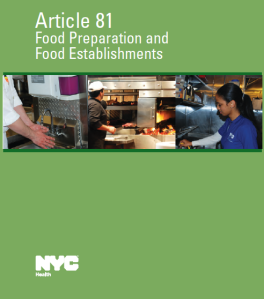
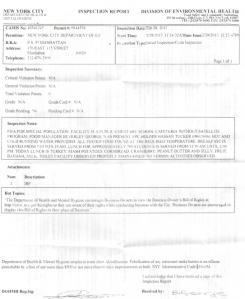
 By MS 57 NLP Students
By MS 57 NLP Students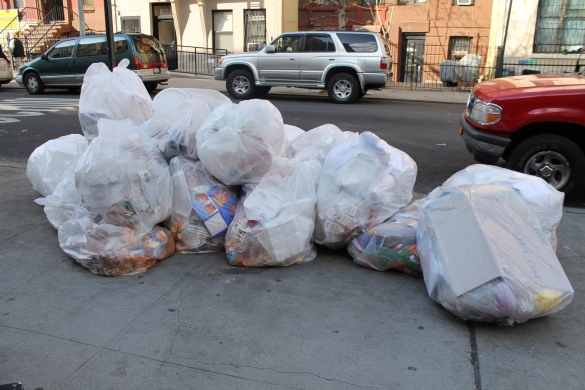
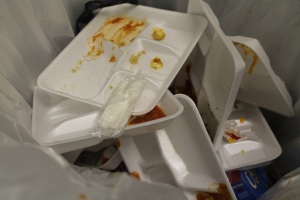
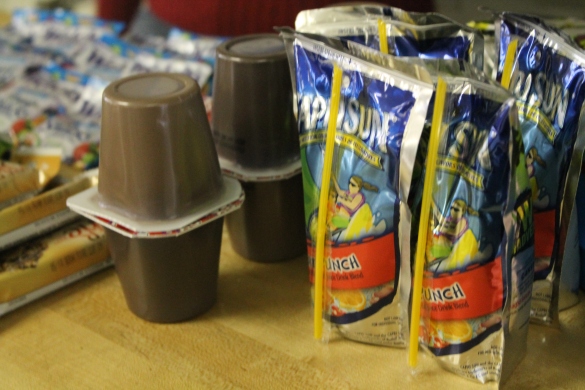 By Dillan
By Dillan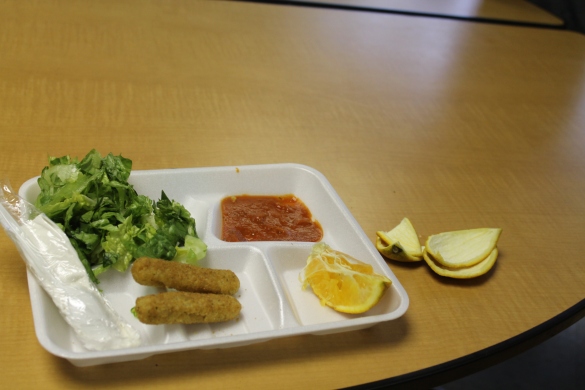
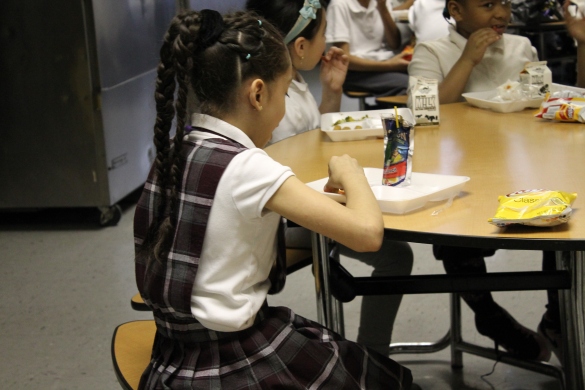 By Momina
By Momina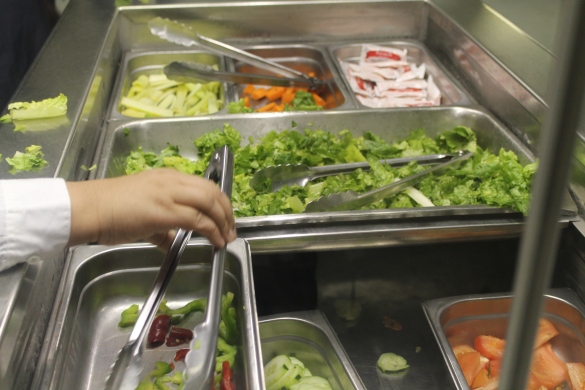

You must be logged in to post a comment.